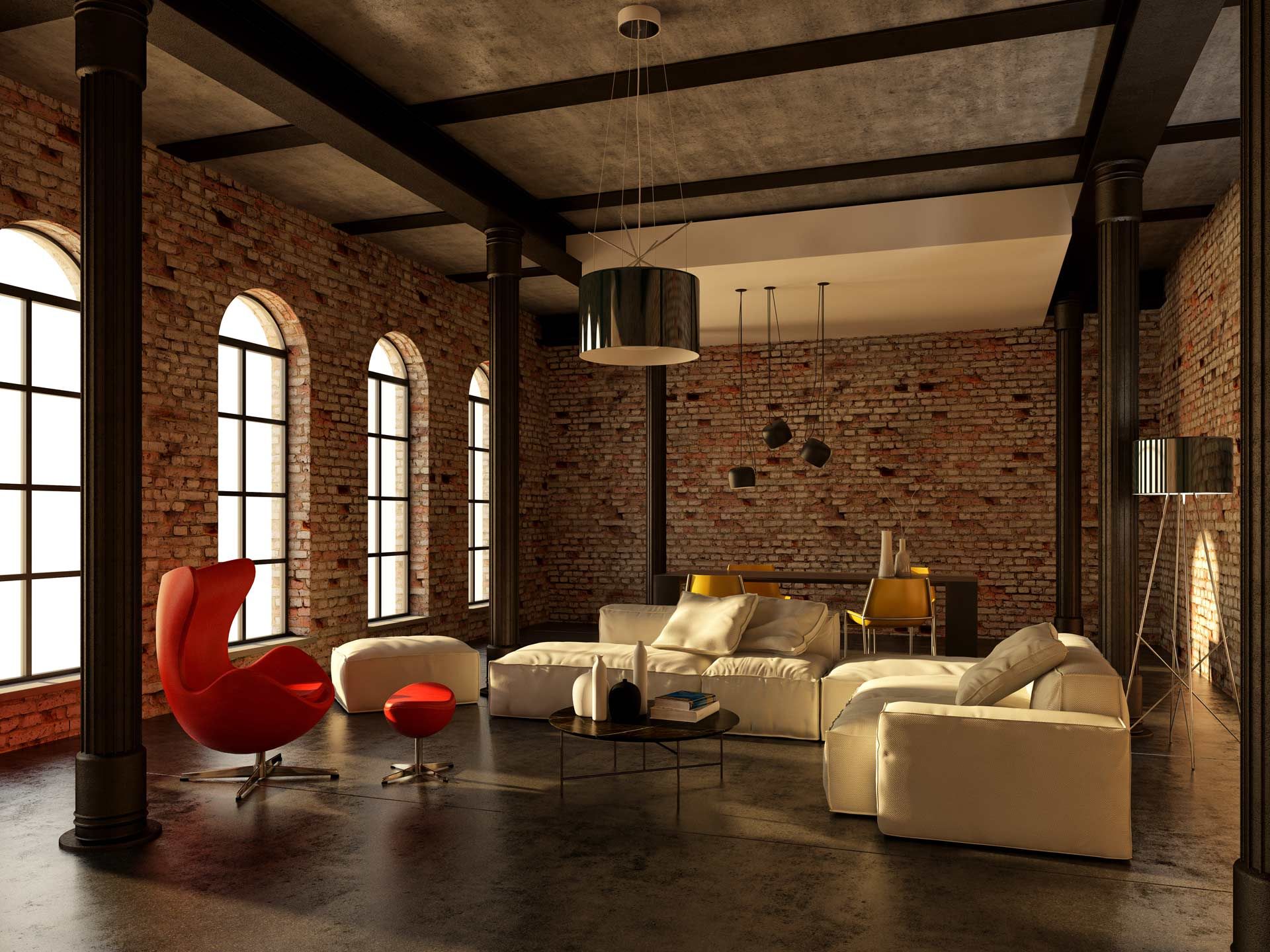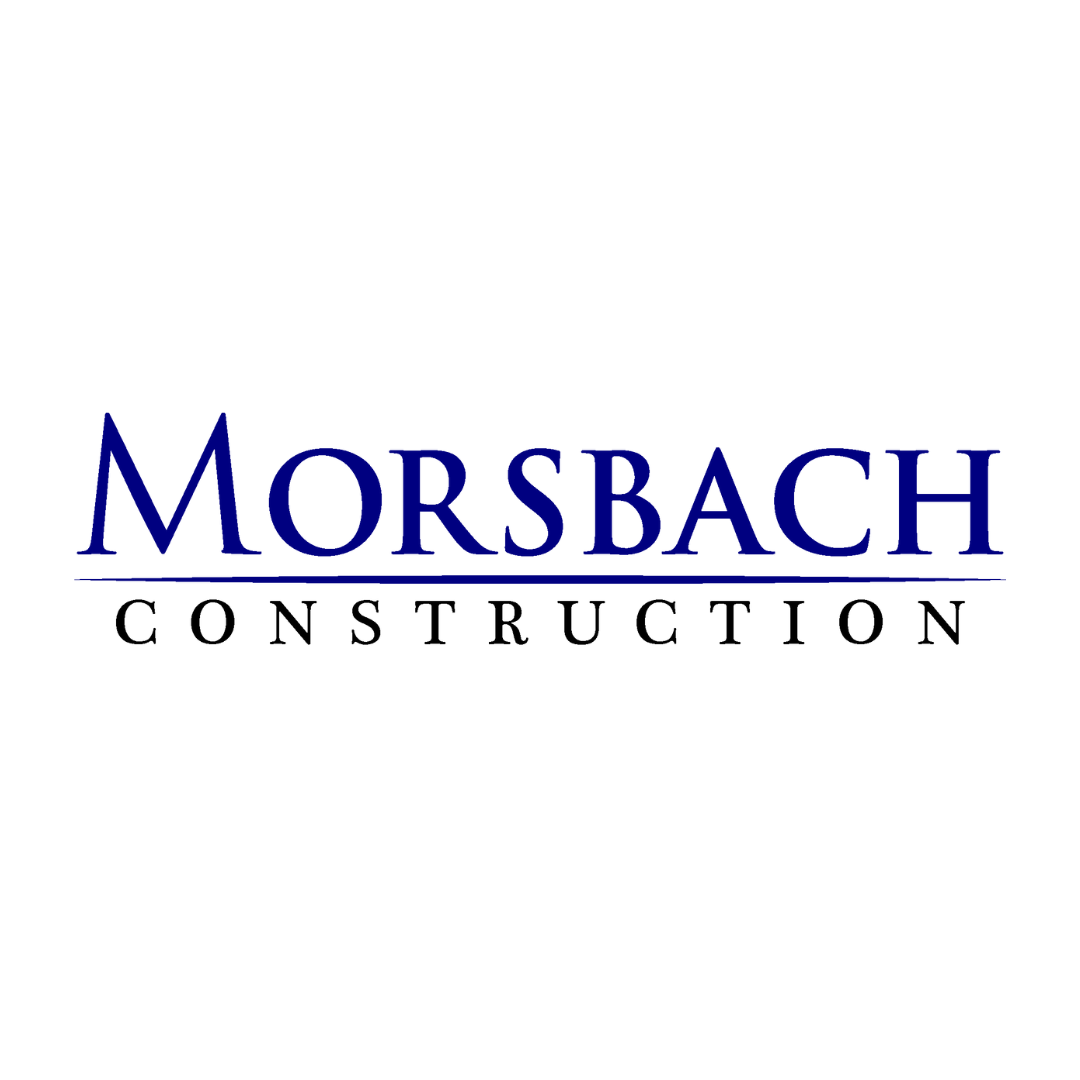The Key Factors in Choosing a Contractor for Your Renovation
When it relates to planning your commercial renovation, getting off on the right foot with the right people can make all the difference. Just like building a sturdy home from a strong foundation, your renovation project needs a contractor who not only has the skills but also embodies reliability and transparency. Imagine embarking on this exciting journey with someone who understands your vision like it's their own, and who'll stand by you from the first draft to the final walk-through.
Understanding the Scope of Your Commercial Renovation
Defining the scope of your commercial renovation sets the foundation for every step that follows. It’s the detailed framework that shapes timelines, budgets, and the overall direction of the project. Without a clearly defined scope, it becomes easy for priorities to shift, deadlines to be missed, or critical elements to be overlooked. A clear scope outlines the improvements you want, the standards they should meet, and the expected results once the project is complete.
The scope also serves as a guide when working with your contractor. By having a well-prepared outline of your needs, you reduce the chances of miscommunication and make it easier to keep the project on track. Contractors can review your plan, offer valuable input, and address any potential concerns early. This collaborative clarity creates a smoother process and helps prevent costly revisions. In short, the scope is more than a checklist — it’s the roadmap to getting your commercial renovation completed successfully and to your satisfaction.
Qualities of a Trustworthy Contractor
Selecting the right contractor means looking beyond surface-level promises and focusing on qualities that indicate they will deliver consistent, high-quality results. A contractor you can trust demonstrates more than skill; they bring reliability, transparency, and commitment to every stage of the job.
Here are several qualities worth prioritizing when evaluating potential contractors:
- Reliability: Contractors who consistently show up on time and meet agreed-upon deadlines respect your schedule and keep the project moving forward.
- Clear communication: The ability to explain progress, address concerns, and keep you informed in plain language helps maintain a shared understanding of the work.
- Proven experience: A history of handling similar projects successfully gives confidence in their ability to meet your specific requirements.
- Responsiveness: Contractors who listen to feedback and adapt when necessary help guarantee your vision is accurately executed.
When a contractor has these qualities, you’re not just hiring a service provider — you’re forming a partnership. This kind of working relationship reduces stress, improves workflow, and increases the likelihood of a result that meets both your expectations and industry standards.
Vet Your Options Carefully
The process of vetting contractors is one of the most important stages in your renovation planning. Rushing through this step can lead to complications later, while taking the time to check each candidate thoroughly sets you up for a smoother project.
Start by reviewing references in detail. Contact past clients to ask about their experiences, the contractor’s professionalism, and how challenges were managed. Go beyond surface-level endorsements and focus on whether the contractor consistently met commitments.
Other steps that strengthen your vetting process include:
- Visiting completed projects: Seeing a contractor’s work in person provides insight into the quality and attention to detail they bring to a job.
- Reviewing portfolios: Examining a range of past work reveals their versatility and consistency across different types of projects.
- Confirming financial stability: Contractors who can provide financial references or documentation offer reassurance that they can manage the scope and budget of your project without unexpected setbacks.
- Checking licensing and insurance: Verifying these credentials protects you from potential legal or safety risks during construction.
Closing this vetting phase with confidence means you’ll enter the contract stage knowing you’ve chosen someone capable, reliable, and aligned with your expectations. That peace of mind is worth every bit of extra effort at the start.
Understanding Contracts and Pricing
Contracts and pricing form the business backbone of your renovation project. A well-drafted contract is more than a formality; it’s a shared agreement that clearly lays out the project’s scope, timeline, deliverables, and financial structure. It should define which materials will be used, how modifications will be handled, and the procedures for resolving any disputes.
In commercial construction, pricing models typically fall into two categories. Fixed-price contracts offer predictability, with a set amount agreed upon before work begins. They’re beneficial for projects with a clearly defined scope but can be less flexible if changes are needed. Cost-plus contracts are more adaptable, with the final cost based on actual expenses plus an agreed percentage for profit and overhead. While this allows for more adjustments during the project, it also requires careful oversight to keep costs in check.
By thoroughly reviewing contracts and getting to know the pricing structure, you protect your budget and keep the project running smoothly. This preparation also helps maintain a positive working relationship with your contractor, as both parties clearly understand expectations from day one.
Creating a Successful Contractor Relationship
Building a successful contractor relationship requires ongoing communication, respect, and trust. From the moment work begins, your interactions set the tone for the entire project. Maintaining consistent updates — whether through weekly meetings or progress reports — helps address issues early and keeps everyone aligned.
Here’s how to strengthen that working relationship:
- Set regular check-ins: Scheduled meetings provide a dedicated time to review progress and discuss any adjustments.
- Recognize quality work: Acknowledging milestones and good performance motivates continued excellence.
- Be clear with feedback: Direct, respectful feedback prevents misunderstandings and helps refine the final outcome.
- Stay engaged: Active participation shows the contractor that you value their work and share responsibility for the project’s success.
When these practices are in place, both you and your contractor benefit from a collaborative environment. Problems are solved faster, work flows more efficiently, and the final result often exceeds expectations. A strong contractor relationship is one of the most valuable assets you can have during a commercial renovation.
Conclusion
A successful commercial renovation starts with clear planning, careful contractor selection, and ongoing collaboration throughout the project. By defining the scope, evaluating contractor qualities, thoroughly vetting candidates, knowing the terms of your agreement, and maintaining a productive working relationship, you set the stage for a renovation that meets both your vision and operational needs. These steps not only keep the process on track but also help protect your investment.
At Morsbach General Contractors, we bring experience and dedication to every commercial project. Located in the heart of Brookshire, we’re all about bringing your commercial building dreams to life. Whether you need design guidance, ground-up construction, or tenant improvements, we’ve got the expertise to make it happen. Contact us today at vic@morsbachconstruction.com or call (281) 934-1570 to discuss your plans. Together, we can turn your ideas into a functional, well-crafted space that reflects your goals and supports your success.


